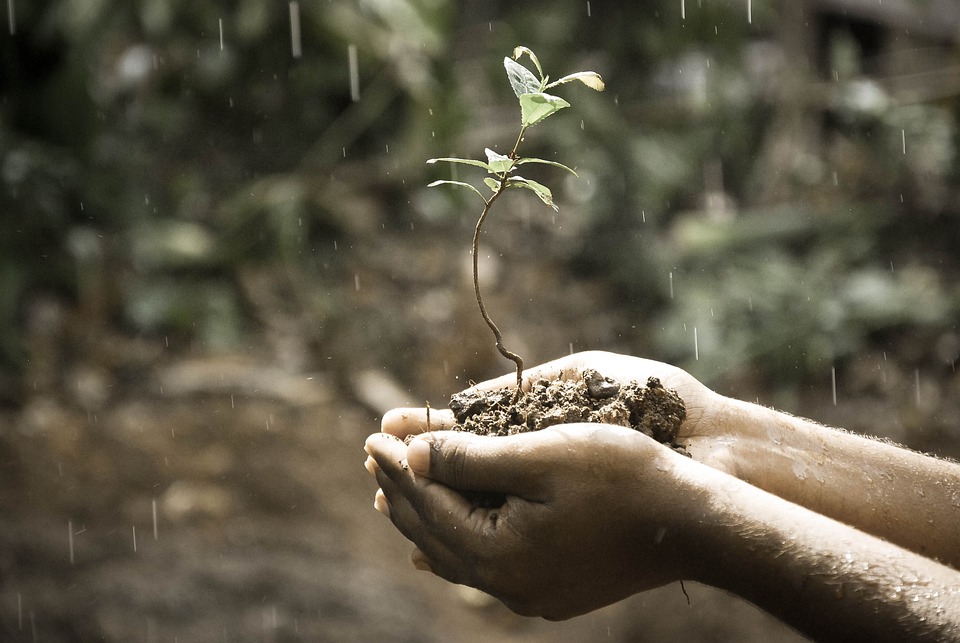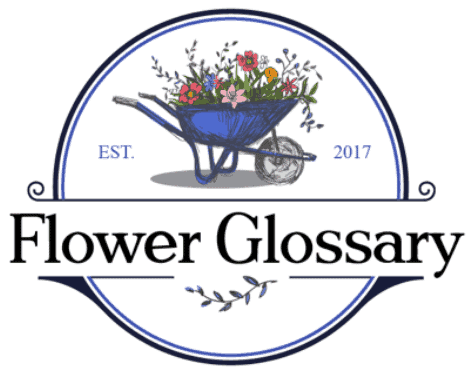Flower Glossary is reader-supported. When you buy through links on our site, we may earn an affiliate commission.
So you’ve got a brand new yard that’s a blank slate and you want the veggie garden of your dreams? Or you have a beautiful terrace that needs something to liven it up? Well you have come to the right place! We have your back with this guide to creating the ultimate urban garden. Here we will walk you through the basic steps of creating an urban garden.
Table of Contents
Working With Your Space

Gardening gets a whole lot easier when you work with the environment you have instead of against it. This means the first step to creating an amazing garden is a little bit of observation and planning.
Make note of how much sun, wind, and rain different places in your soon to be garden get. Even small places like a balcony usually have a sunny and a not so sunny side. Does it get morning or afternoon sun? Pick plants that like that amount of sun and heat. Is there a spot under your overhang that gets no rain at all? This is a bad place for moisture-loving plants. But it would be great for less thirsty selections like lavenders, rosemary, and thyme.
It can also be helpful to make note of where your water is going to come from. Placing the thirstiest plants near your water source makes the job a lot easier.
PRO TIP: Don’t forget existing beds or structures, if any, in this observation process. They may change when you create your masterpiece but the less you need to change, the less work you will have to do. Existing beds can also hint at where the best places to grow may be.
Get Creative and Do Your Homework

Once you have a good idea of the space you are working with, the next step is to design your ultimate garden. You’ll want to make sure everything fits with the environment you have.
Start with your imagination and then do some research to make sure things are a good fit. Brainstorm a list of plants you would like to grow, then look them up to make sure you can meet their requirements. You’ll need to consider light, water and soil requirements when planning your layout. It may take a few rounds of revisions to get a plan that will work and that fits your personal taste.
PRO TIP: One of the challenges all urban gardeners is a lack of space. To get around this think about things like using vertical space as well as horizontal. Research concepts like square foot gardening and time stacking crops to maximize production. You may also like this urban planter at amazon.com
Picking the Perfect Mix

Once you understand your space and have a layout in mind for your urban garden, it’s time to get your hands dirty! Well, it’s at least time to pick the right soil for the job.
Soil is one of the most important parts of gardening. It can make or break it when it comes to having healthy plants and achieving the results you want. Soils can vary in how much moisture they hold, how long they take to dry out, and their nutrient levels. It is important to choose the right kind of soil mix for the site and the kind of plants you are growing.
For container gardens, opt for a mix that is free draining but holds enough water to keep the plants healthy. I like to use a 50:50 mixture. One half is a free draining soilless mix like promix. The rest should be a topsoil that holds more water and provides nutrients and minerals. You can alter this basic mix to meet a plant’s specific requirements. For plants that need better drainage, add up to 20% play sand. Plants that need more nutrients will benefit from a handful or two of sea soil or composted manure.
If gardening in the ground, opt for a nice garden mix. These usually contain topsoil, sand, and compost. This mix provides adequate drainage and feeds your plants well. If you need to liven up a specific patch of dirt, look for products labeled as soil amendments. If you are filling a new bed or planter, avoid amendment products. They will contain too much nitrogen and burn your plants.
PRO TIP: Besides the soil type, the type of container you are growing in can affect the moisture levels. For example, mints love to be moist so do well in plastic pots with no drainage. Rosemary and lavender need good drainage and thrive in unglazed clay pots.
If at First You Don’t Succeed, Feed!

One of the most important factors for a lush and productive urban garden is nutrients. This is especially true in small beds or pots with a limited amount of nutrients available. Plants do best with small amounts of nutrients given often. Try mixing a standard 20-20-20 fertilizer at half strength for weekly use.
These balanced fertilizers are great for regular upkeep of your plants, think of them like taking your daily vitamins. Slow release fertilizers can also achieve the same results. On top of my maintenance fertilizer I like to use kelp or fish fertilizers as treats once a month or so. These extracts contain micronutrients that boost plant health, stress tolerance, and immunity.
For fruiting or flowering plants, it’s important to switch to a blooming and fruiting fertilizer. These fertilizers have more phosphorous and potassium and less nitrogen. The mix helps the plant switch its focus from green growth to fruit and flowers. I use tomato fertilizer for everything that blooms and fruits. It includes extra calcium and magnesium to keep things nice and lush and the fruit well formed.
TIP: Timing matters when it comes to feeding your plants. Never feed dry or wilted plants as this increases the chances of nutrient burn. The plants will soak up a lot of the fertilizer at once.
We hope you enjoyed our tips about urban gardening!
